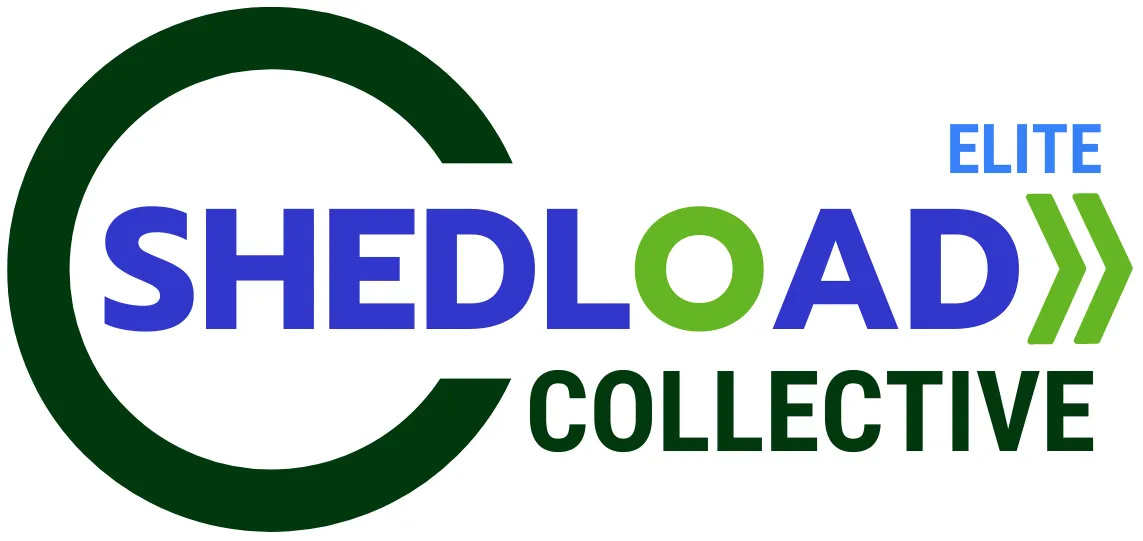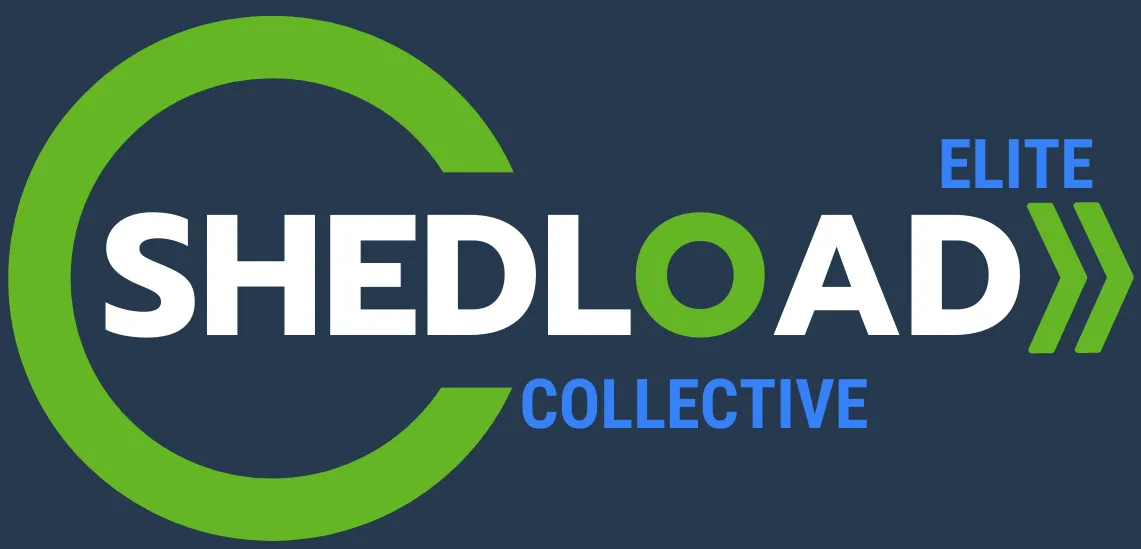
Streamlining Inefficient Operations and Boosting Profitability with Business Coaching at the ESC
One major goal to achieve in using Coach Millicent at the Elite Shedload Collective is Streamlining Inefficient Operations and Boosting Profitability. A business owner grappling with inefficient processes will identify and eliminate bottlenecks, leading to a 15% reduction in operational costs and a 10% increase in profit margins within one year by optimizing resource allocation and workflow.
Here are concrete business gains (in percentages) a business can achieve by using profit acceleration techniques and marginal utility theory when assessing inefficient operations and boosting profitability, as guided by Coach Millicent and The ESC:
Reduction in Waste and Spoilage: Implementing marginal utility analysis on inventory and production processes can lead to a 15-25% reduction in waste and spoilage by optimizing order quantities and production schedules to better match demand.
Decrease in Overstock and Understock: By applying profit acceleration principles to demand forecasting and inventory management, businesses can achieve a 20-30% decrease in both overstock (reducing holding costs) and understock (preventing lost sales).
Improvement in Production Cycle Time: Identifying bottlenecks with a focus on high-impact changes (profit acceleration) and analyzing the marginal utility of process improvements can result in a 10-20% reduction in production cycle time, leading to faster order fulfillment and potentially increased output.
Lower Energy Consumption: Analyzing the marginal utility of energy-saving investments and implementing changes that yield the highest return can lead to a 5-15% reduction in overall energy consumption costs.
Increase in Equipment Uptime: Applying profit acceleration principles to preventative maintenance schedules and focusing on the most critical equipment can result in a 10-20% increase in equipment uptime, reducing downtime and increasing production capacity.
Reduction in Labor Costs per Unit: Optimizing workflows and task allocation based on marginal utility of labor can lead to a 5-15% reduction in labor costs per unit produced or service delivered.
Improvement in Throughput: By identifying and addressing the constraints with the highest impact on output (profit acceleration), businesses can experience a 10-20% improvement in overall throughput without necessarily increasing fixed costs significantly.
Decrease in Customer Service Issues Related to Operational Errors: Streamlining processes and reducing errors based on marginal utility analysis of error prevention measures can lead to a 15-25% decrease in customer service issues stemming from operational mistakes.
Increase in Profit Margins Due to Cost Savings: The cumulative effect of the above efficiencies, driven by profit acceleration and marginal utility, can result in an overall 5-10% increase in gross profit margins.
Faster Order Fulfillment Times: Optimizing the entire order fulfillment process, from order intake to delivery, using these principles can lead to a 10-20% reduction in average order fulfillment times, improving customer satisfaction.
When a business grapples with inefficient operations and low profitability, applying profit acceleration principles alongside marginal utility theory can lead to significant improvements in the bottom line and annual profit gain. Here's how:
Profit Acceleration Principles Focus:
Identifying High-Impact Areas: Instead of trying to fix everything at once, profit acceleration focuses on pinpointing the operational inefficiencies that have the most substantial negative impact on profitability. For example, Coach Millicent at The ESC might identify that a bottleneck in the production line is causing the most significant delays and increased labor costs.
Implementing Rapid Improvements: Once the key areas are identified, the focus is on implementing changes quickly to generate faster results. For instance, instead of a lengthy overhaul of the entire production system, The ESC might recommend a targeted adjustment to the bottleneck process.
Leveraging Existing Assets: Profit acceleration often looks at how to better utilize the resources already in place. For example, can existing equipment be used more effectively with better scheduling or training?
Marginal Utility Theory in This Context:
Prioritizing High-Return Improvements: Marginal utility theory helps assess which operational changes will yield the greatest increase in profit for the least amount of effort or investment. For example, investing in a small piece of equipment that eliminates a key bottleneck might have a much higher marginal utility (profit gain per dollar spent) than a large-scale system upgrade.
Optimizing Resource Allocation: By understanding the marginal utility of different resources (labor, capital, time) in various operational processes, a business can reallocate them to areas where they generate the most significant profit increase.1 For instance, re-training a specific team on a high-impact task might yield a greater profit increase than hiring a new employee for a lower-impact role.
Concrete Business Gains (Percentages):
Here are potential percentage gains a business can experience:
Reduced Operational Costs: By identifying and eliminating the least efficient processes (high negative marginal utility), a business can see a 10-30% reduction in overall operational costs. For example, The ESC might identify redundant steps in the order fulfillment process that, once removed, decrease labor hours and shipping errors.
Increased Production/Service Output: Focusing on the operational changes with the highest potential to increase output (high positive marginal utility) can lead to a 15-40% increase in the volume of goods produced or services delivered with the same or slightly increased resources. For example, optimizing the kitchen layout in a restaurant could allow them to serve significantly more customers during peak hours.2
Improved Profit Margins: The combination of reduced costs and increased output directly impacts profitability. Businesses can experience a 5-15% increase in their gross profit margins by strategically addressing operational inefficiencies. For example, a manufacturing company reducing waste by 20% and increasing production by 10% will see a significant boost in its profit per unit.
Faster Cycle Times: By targeting bottlenecks and implementing quick fixes (profit acceleration) based on marginal utility, businesses can see a 20-50% reduction in production or service delivery cycle times. For example, a faster turnaround time in a repair service can lead to higher customer satisfaction and more jobs completed.3
Better Asset Utilization: Applying these principles can lead to a 10-25% improvement in the utilization of existing equipment and resources, generating more output and profit from the same asset base. For example, a trucking company optimizing routes and reducing idle time can get more deliveries done with the same fleet.
In conclusion, by strategically applying profit acceleration techniques to quickly address high-impact operational inefficiencies and using marginal utility theory to prioritize changes that offer the greatest return in profit, businesses can achieve significant improvements in their bottom line and annual profit gain. The specific percentages will vary depending on the industry, the nature of the inefficiencies, and the effectiveness of the implemented changes, but the focus on high-leverage actions ensures a faster and more impactful improvement in profitability.
Are you interested in learning more about our different coaching offerings? Feel free to contact us anytime and check out our wide range of services to support whatever short or long term needs you’re currently facing.



